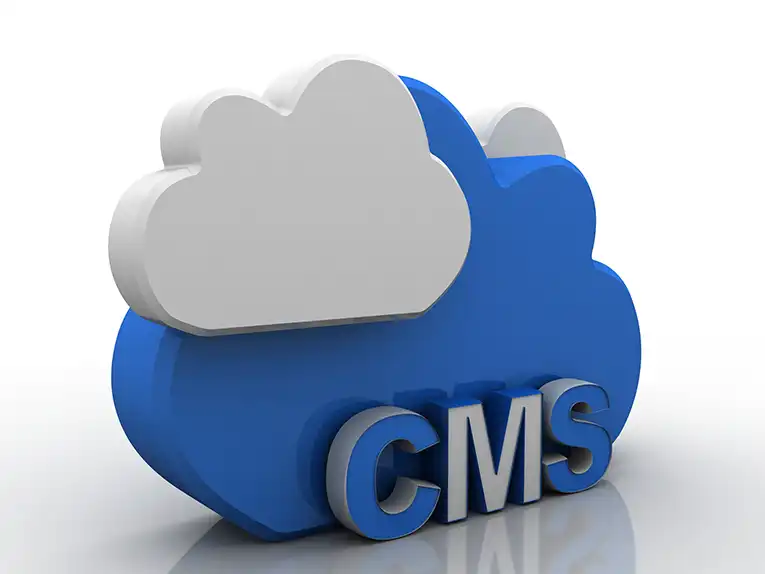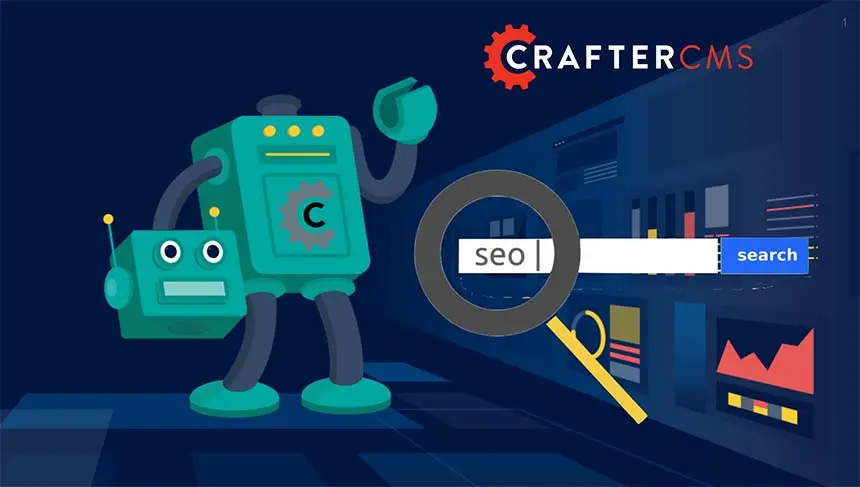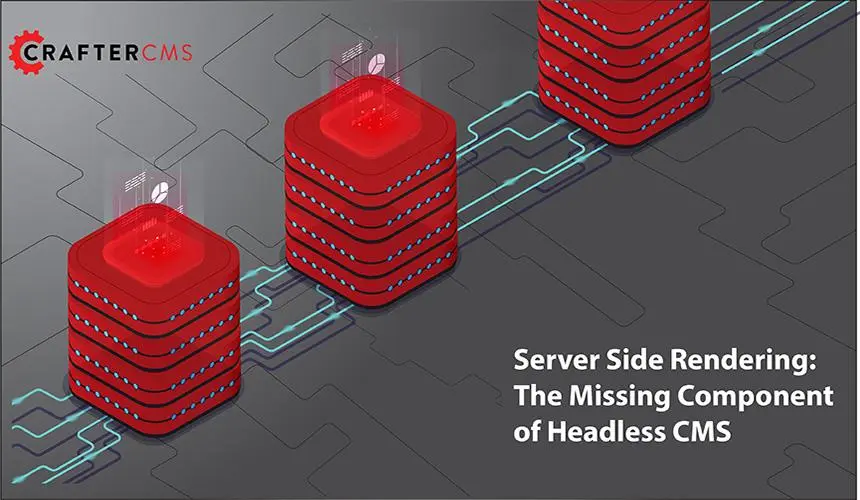CrafterCMS: A Headless CMS for Both Static and Dynamic Sites

Amanda Jones

As the 20-year old debate between static and dynamic sites rages on, CrafterCMS has been hard at work developing a Git-based CMS that supports both static sites and highly dynamic sites. Why? Because despite the age old debate, both deployment models are relevant and are the ideal model for a given set of use cases.
CrafterCMS is built from the ground up with a modular, microservices-based architecture that allows your to deploy only the components of the system you need. Content authoring is decoupled from content publishing and content delivery in Crafter, so that publishing static sites directly or to its headless content development platform are both straightforward.
Static sites and dynamic sites each have their place in the web landscape, so let’s take a look at the pros and cons of each.
Where Static Sites Fall Short
While static websites have seen a surge in recent years by companies seeking better performance and security — especially with the use of SSGs — there are a number of drawbacks to going this route. These limitations impact marketers when it comes to having control over the website’s content, personalization, and SEO.
Less Marketer Control
With many static websites, especially those created using static site generators (SSGs), marketers have less control over the presentation of the content they publish. Static sites are primarily advantageous from a technical standpoint, but this means marketing teams must rely on developers more for the layout and design of a website. In addition, they’re not ideal for sites that require e-commerce, user generated content, recommendations, or any other dynamic experience. CMSs that focus on static sites, therefore, usually lack rich authoring tools and the modern capabilities necessary for building compelling marketing campaigns and dynamic digital experiences.
Lack of Personalization
Consumers today expect highly personalized digital experiences that present content tailored to their specific interests and preferences. With static sites, however, this just is not possible. Static websites are pre-rendered, so users generally get the same experience as others, and pretty much each time they visit the website (unless content has been updated and the site compiled in the interim). That means they might see old or irrelevant content frequently, and that leads to poor engagement and lower conversions in the long run. Many modern websites should have real-time updates and content that’s of interest to specific market segments, but most static sites aren’t up to the task.
SEO Shortcomings
Consumers need the ability to discover your website using search engines. While paid advertising is beneficial from a brand awareness standpoint, organic search is crucial for generating more relevant leads. That means frequently publishing relevant content that your target audience will be interested in. Static sites, however, fall short when it comes to SEO because the website content has a higher chance to become stagnate. That’s because many static sites require technical knowledge to update, so marketing teams have limited authoring capabilities. Outdated or irrelevant content, therefore, goes directly against SEO best-practices and could limit the site’s ability to attract new leads.
Recommended Reading: CrafterCMS and SEO: Why Crafter Is Great for SEO and Content Marketing
Challenges With Most Dynamic Sites
Dynamic sites may offer a unique digital experience for customers, but this often comes at the cost of performance and security. These are factors enterprise companies can’t ignore, as downtime or data breaches can have an impact on business continuity. That’s why there’s been a movement away from highly dynamic websites in recent years.
Poor Performance
Performance is critical for attracting and retaining site visitors. Online users won’t wait long for a website to load, and if navigation is slow they’re quick to abandon the site. Website performance, therefore, is closely correlated with traffic and bounce rates. Beyond the user experience, website speed factors into search rankings as well. Search crawlers will only spend so much time indexing a website before moving on, but having a site fully indexed generally leads to a higher SERP. Many dynamic sites, however, have numerous API requests that require substantial bandwidth and slow database calls on the backend just to load a single webpage. Poor website performance could lead to higher bounce rates, and greater cart abandonment for e-commerce sites in particular.
Security
Most dynamic sites require many API requests and database calls to retrieve data from backend systems. These interactions could potentially expose sensitive content or customer data to security risks. If developers aren’t diligent when building out front-end applications, they could introduce security vulnerabilities like cross-site scripting or SQL injection. Static sites, which generally don’t retrieve data or interact with backend systems in real-time, don’t have the same risks for exploitation as dynamic sites.
Cost
It’s expensive to set up and maintain the databases required for most dynamic sites. For one, you will need to hire and train IT staff with technical knowledge about specific SQL dialects and database vendors. Beyond this, databases require more computing resources than static content stored in a Git repository — especially for larger scale websites. That means scalability and elasticity for dynamic sites will be far more costly than a simple static website.
How CrafterCMS Supports Static Sites and Dynamic Sites, with No Limitations
CrafterCMS is the first Git-based CMS that supports both static and dynamic sites. CrafterCMS allows you to build and manage static sites for the use cases where it makes sense, and also enables you to deliver dynamic site experiences with none of the usual limitations of traditional CMSs.
Crafter takes the performance, security and scalability benefits of a Git-based static website, and not only allows you to publish static sites directly, but also provides an enhanced authoring experience, personalization capabilities, and a full-range of developer and content author options for creating dynamic sites.
With Crafter Studio, marketing teams have the tools they need to create, manage, and publish content. Beyond this, marketers can preview and edit websites in-context using a powerful WYSIWYG editor with drag-and-drop tools, and built-in SEO analysis. Having an easy-to-use and intuitive interface is crucial for content marketing teams. These tools work regardless of the development framework or deployment model your team chooses.
For example, if you want to build a static site that is built with ReactJS and is pre-rendered with the Gatsby SSG platform and then publish the output to S3 and Cloudfront CDN, no problem. Or if you are building a fully dynamic portal based on AngularJS that personalizes every request based on the user’s profile, activities and preferences that’s no problem either.
Related Posts

Building Personalized Digital Experiences for a Cruise Liner

Sara Williams

CrafterCMS Wins More G2 Awards Spring 2024

Amanda Lee

What Is a Cloud CMS? (Unlocking the Benefits of a CMS in the Cloud)

Sara Williams

Headless CMS SEO (How to Do SEO Right With a Headless CMS)

Amanda Jones










